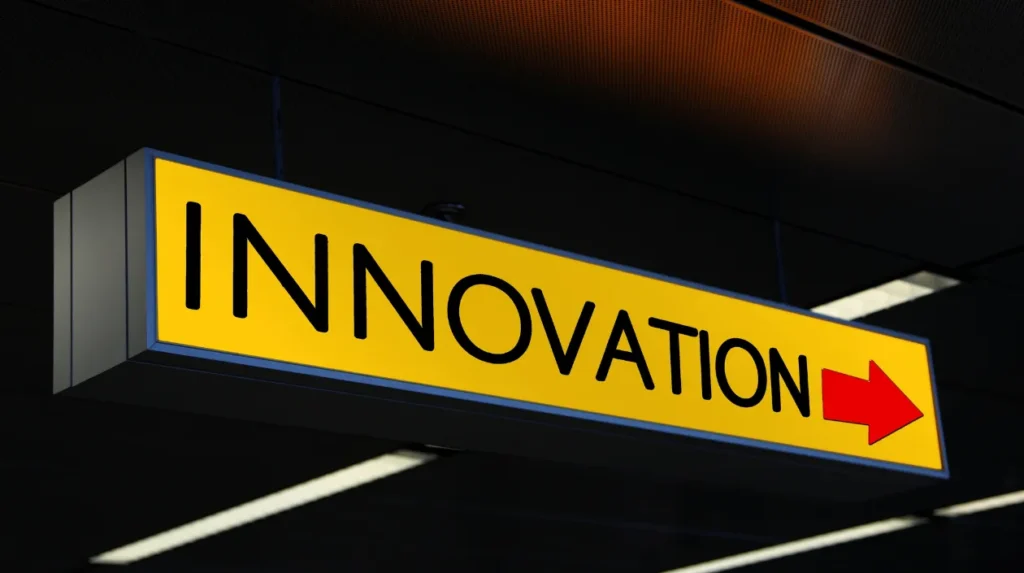Introduction: The Rapid Evolution of E-commerce
E-commerce has come a long way since its early days, evolving from simple online marketplaces to sophisticated, interactive, and highly personalized shopping experiences. As consumer expectations continue to grow, the role of web development in shaping the future of e-commerce has never been more important. Web developers are at the forefront of this transformation, utilizing new technologies and innovative solutions to create seamless, engaging, and intuitive shopping experiences that meet the demands of modern shoppers.
In this blog, we’ll explore how web development is influencing the future of e-commerce, from enhanced user experiences to the integration of cutting-edge technologies like AI, AR, and more. Let’s dive into how web development is shaping the future of online shopping and what businesses need to know to stay ahead of the competition.
1. Personalized Shopping Experiences Powered by AI and Machine Learning
As e-commerce becomes more competitive, personalization is key to standing out. Consumers are no longer satisfied with generic product recommendations; they expect tailored experiences that speak to their individual needs and preferences. Web development is playing a crucial role in bringing personalized shopping experiences to life, especially through the use of artificial intelligence (AI) and machine learning.
How AI and Machine Learning Transform E-commerce:
Personalized Recommendations: AI algorithms analyze browsing behavior, purchase history, and preferences to recommend products that are relevant to each shopper, increasing the chances of conversion.
Dynamic Pricing: Machine learning models can adjust prices based on factors like demand, user behavior, and competitor pricing, ensuring that businesses remain competitive and offer the best deals to consumers.
Customer Support: AI-powered chatbots and virtual assistants provide instant customer support, answering questions, guiding users through the shopping journey, and enhancing overall customer satisfaction.
As AI and machine learning continue to evolve, businesses can offer even more customized and responsive shopping experiences, driving higher engagement and sales.
2. Augmented Reality (AR) and Virtual Reality (VR) Revolutionizing Product Interaction
The future of e-commerce is immersive. Augmented reality (AR) and virtual reality (VR) are transforming how consumers interact with products online, providing more engaging and interactive shopping experiences. These technologies enable shoppers to visualize products in their real-world environment or in a fully immersive virtual space, bridging the gap between online and in-store shopping experiences.
How AR and VR Enhance the E-commerce Experience:
Virtual Try-Ons: AR allows customers to virtually try on clothes, accessories, makeup, and even furniture to see how they would look in real life, without having to leave their home.
3D Product Views: With VR, customers can view products in 3D, rotating them to get a better sense of their size, shape, and features.
Immersive Shopping: VR can take the shopping experience a step further by creating virtual stores where users can browse products, interact with virtual salespeople, and make purchases—all from the comfort of their homes.
These immersive technologies not only create more engaging experiences but also help reduce return rates by giving customers a more accurate representation of what they are purchasing, ultimately leading to higher satisfaction and loyalty.
3. Mobile Optimization: Meeting the Demands of On-the-Go Shoppers
With more consumers shopping on mobile devices than ever before, optimizing e-commerce websites for mobile is no longer optional—it’s a necessity. In fact, mobile commerce is expected to account for over 70% of all e-commerce sales by 2025. Web development plays a critical role in ensuring that e-commerce websites are mobile-friendly, offering seamless shopping experiences across devices.
Why Mobile Optimization is Crucial for E-commerce:
Responsive Design: Web developers use responsive design to ensure that e-commerce sites automatically adjust to fit the screen size of any device, from smartphones to tablets to desktops.
Mobile-First Approach: Adopting a mobile-first design strategy prioritizes the mobile user experience, making it easier for customers to browse, shop, and checkout on their smartphones.
Faster Load Times: Optimized mobile sites load faster, which is crucial for reducing bounce rates and increasing conversions. Features like fast checkout and mobile payment options also enhance the mobile shopping experience.
As mobile shopping continues to grow, businesses must ensure their e-commerce websites are optimized for mobile, providing users with an intuitive, fast, and seamless shopping experience wherever they are.
4. Voice Commerce: The Rise of Shopping via Voice Assistants
Voice commerce, or v-commerce, is rapidly gaining popularity, with voice assistants like Amazon’s Alexa, Google Assistant, and Apple’s Siri becoming integral parts of people’s daily lives. Web development is evolving to accommodate this shift in consumer behavior, making it easier for customers to shop using voice commands.
How Voice Commerce is Changing E-commerce:
Voice Search: Consumers can use voice commands to search for products, check prices, and even make purchases, creating a hands-free shopping experience.
Streamlined Checkout: With voice-enabled shopping, customers can complete purchases using only their voice, making the process faster and more convenient.
Personalized Recommendations: Voice assistants can suggest products based on previous shopping behavior, making the experience feel more intuitive and customized.
With the rise of voice assistants, businesses that integrate voice commerce into their e-commerce platforms will be well-positioned to capitalize on this growing trend and provide customers with even more ways to shop.
5. Advanced Payment Solutions and Seamless Checkout
The checkout process has always been a critical part of the e-commerce journey, and web development continues to innovate in this area to create smoother, faster, and more secure payment options. From digital wallets to cryptocurrency, advanced payment solutions are making it easier for consumers to complete their purchases while increasing security and reducing friction.
How Advanced Payment Solutions Improve the E-commerce Experience:
Digital Wallets: Payment systems like Apple Pay, Google Pay, and PayPal enable customers to check out quickly with stored payment information, reducing cart abandonment and improving the overall user experience.
One-Click Checkout: Simplified checkout options, like one-click purchasing, allow customers to complete transactions in a matter of seconds, making it more likely they’ll complete their purchase.
Cryptocurrency: As cryptocurrency gains more mainstream adoption, businesses are exploring ways to integrate digital currencies into their payment options, catering to a growing customer base.
With these advanced payment solutions, businesses can provide their customers with a faster, more secure, and more convenient shopping experience, which leads to higher conversion rates and improved customer satisfaction.
6. Sustainability and Eco-Friendly E-commerce
As consumers become more environmentally conscious, sustainability has become a major factor in their purchasing decisions. Web development is playing a significant role in enabling businesses to integrate eco-friendly practices into their e-commerce platforms.
How Sustainable Practices Shape the Future of E-commerce:
Sustainable Product Information: Web development tools allow businesses to highlight environmentally friendly products, such as those made from recycled materials or produced with low carbon footprints.
Eco-Friendly Shipping Options: Many e-commerce websites are now offering carbon-neutral or low-emission shipping options, which can be integrated into the checkout process for customers who are environmentally conscious.
Green Certifications: Websites can showcase green certifications and eco-labels, providing transparency about a brand’s sustainability efforts.
By focusing on sustainability and eco-friendly practices, businesses can attract a growing segment of consumers who prioritize environmentally responsible shopping habits.
Conclusion: E-commerce Web Development for the Future
The future of e-commerce is bright, with web development playing a pivotal role in shaping how we shop online. From AI-driven personalization to immersive AR/VR experiences and advanced payment solutions, the advancements in web development are revolutionizing the e-commerce landscape. As these technologies continue to evolve, businesses must stay ahead of the curve and integrate the latest innovations to provide seamless, engaging, and secure online shopping experiences.
By embracing these trends, businesses can not only enhance customer satisfaction but also stay competitive in an ever-changing market. The key to success in the future of e-commerce will be the ability to adapt quickly and offer customers the best possible shopping experience, no matter where they are or how they choose to shop.
Unlock Your Brand's Full Potential with Zolofox!
At Zolofox, we specialize in creating compelling brand identities, driving engagement through strategic social media marketing, and building stunning websites that capture attention. Whether you’re looking to elevate your brand’s presence or create a seamless digital experience for your customers, we have the expertise to help you succeed.
Ready to take your business to the next level?
Contact us today to get started with personalized solutions that make an impact!



